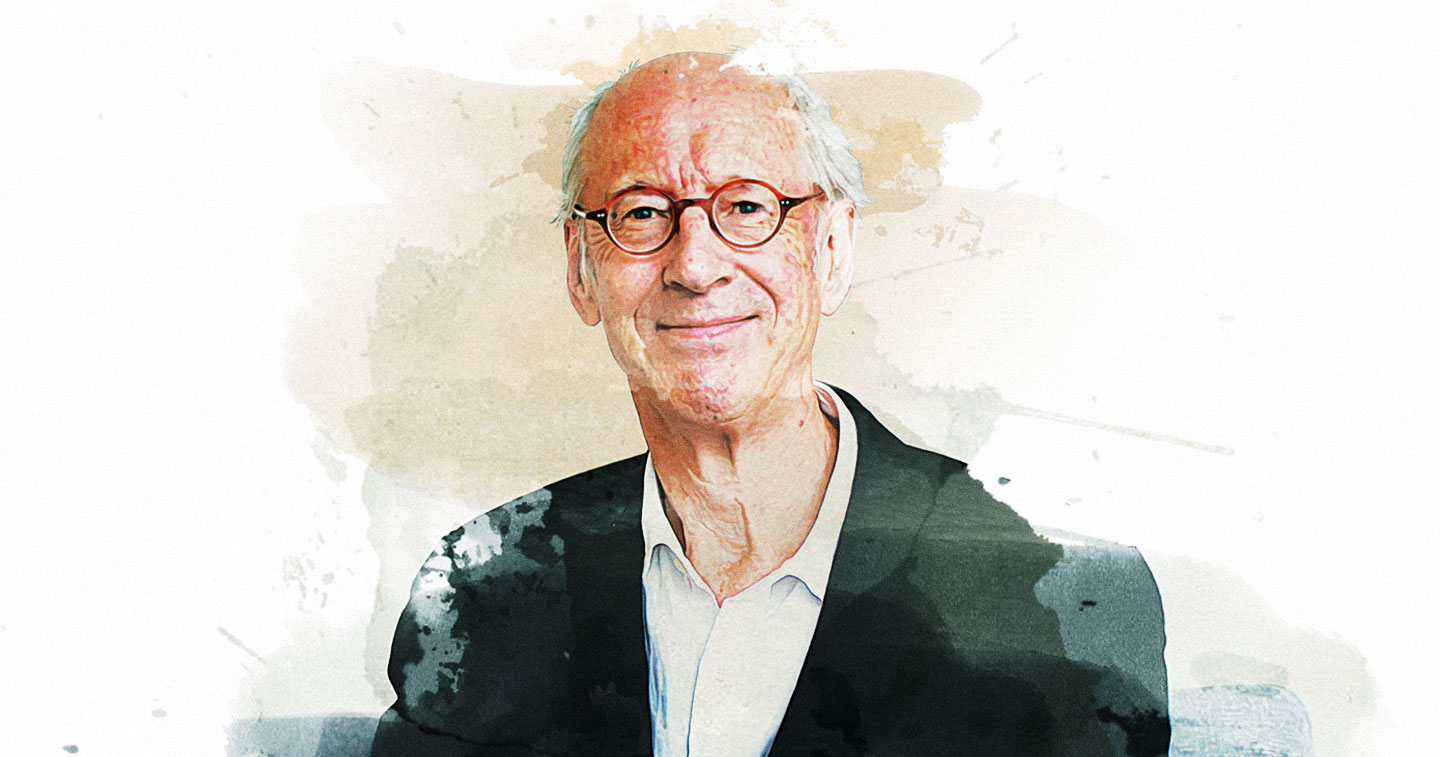Words by Sam Beltran
If there’s anything John Howkins believes in, it’s that creativity truly knows no bounds. If traditional resources such as land and capital are nite, then the pool of creative potential is virtually limitless.
The “Father of Creative Economy” chalks it up to creativity being inherent in individuals — that is to say, it’s completely normal. From the moment they are born, young children actively use their brains as they learn and make sense of the world, with their imagination peaking at around three or four years old. According to Howkins, “Children love to play. Play is really serious for them… they love dressing up in weird costumes and playing and performing acting. They love drawing, they love color and they’re not embarrassed if someone thinks because they never think this is good or bad. They just want to explore their creativity.”
Creativity is a true hallmark of the 21st-century economic landscape, as more and more creative economies have emerged around the globe. The United Kingdom, Howkins’ home country, has long been a dynamic force in the global creative economy, partly in thanks to a rich cultural and creative history. “The British have had an undisturbed history of creativity across virtually in every form and genre — let’s say Shakespeare, for example”, Howkins explains.
“Since 1600, the UK has grown an undisturbed and highly educated population with a huge emphasis on culture and [diversity] from around the world. [We’re] very argumentative, very passionate, and very skillful. We’ve been very lucky.”
Howkins is keen on using the term ‘creative economy’ instead of ‘creative industries’, which according to him only makes up part of the sum of the entire economic chain, including trade, labor, and production.
And though the Age of Enlightenment has historically provided the West a head start in developing mature creative industries, that’s not to say that the rest of the world has not caught up. In the Philippines alone, creative industries have generated over 600 billion pesos in the country’s GDP, making up 14.4 percent of the labor force. In fact, there’s a peculiar trend when it comes to the surge in the creative economy in Asia, mainly because of how Asian cultures view society. In China, Howkins attributes the boom in their creative economy to a collectivist identity, that each individual action bene ts a bigger number.
“China began to seriously think about their creative economy [in the mid-2000s] and they are now fully committed to it, even at the government level. It’s totally understood at every level of society that it’s important”, Howkins muses. “The talent in China is hugely impressive — and we’re talking about talent on a big scale. They are creating something beautiful and beneficial and that is a very important part of it and the Chinese think that in a big way.”
Creativity, according to Howkins, is about using an idea to generate another idea, an endless cognitive and emotional process of creation, exploration and innovation. The beauty about the global creative economy is that it’s not a one-size- ts-all landscape, with each region contributing their own cultural values, a melting pot of distinct identities and approaches that translate to truly unique ideas.
“Every country has its own culture, every country has its own history, every country has its own aesthetic. Some are very visual cultures, some are more verbal cultures. Every country has its own language and every country has its own place in the world, and every country has its own education system. So those factors will be the prime factors in determining whether or not there is the passion and the ambition to be creative”, Howkins shares, adding, “When I’m asked about by a city or a country, ‘How can we do it?’, I ask: Do have your own culture and history and what’s happening here? What are you good at? What do you like to do? What do you really have a passion to do and to do well? And then if you want to make a business out of this or you want to export, then look around the world and see what other people are doing.”
The creative economy thrives on a cornucopia of knowledge and immense talent; according to Howkins, it’s important to break the barriers that may hinder other people from joining, and to promote diversity and inclusiveness. “You can open the door but whether or not the people walk in — I mean, you can do all sorts of things to help them come in, and be particularly welcoming to people who might, for reasons of ethnicity, or gender, or family home situation, or education might feel excluded from the creative industries”, Howkins shares.
A trade that relies on creativity, encourages innovation and strengthens identities — now that’s a modern-day concept.
Catch his full interview below.







